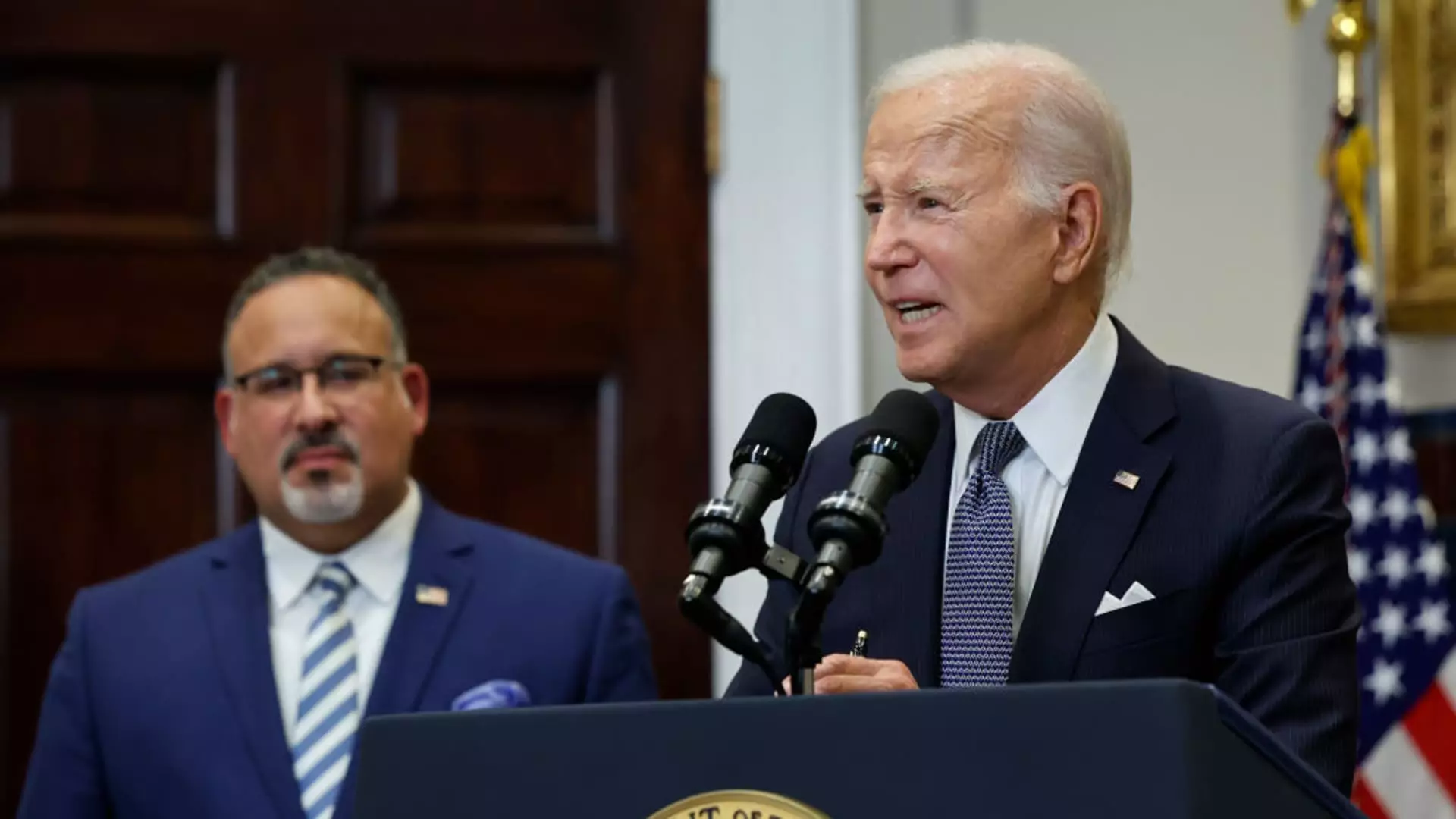The landscape of federal student loan repayments is undergoing a significant transformation in 2024, marking the end of a long-standing period of relief for borrowers. As the U.S. Department of Education prepares to resume collection activities, including wage garnishments and the offset of retirement benefits, millions of borrowers face renewed anxiety over their financial stability. This article delves into the details of these changes and their implications for borrowers navigating this complex terrain.
After nearly five years, the federal government is reviving its collection efforts on student loans, a situation that amplifies the burden on an already beleaguered population of borrowers. According to a recent memo from the Education Department, approximately 7.5 million borrowers were in default as of 2022, a sobering metric that evoked parallels with the 2008 mortgage crisis. While the default rate has somewhat improved to around 5.5 million by late 2024, the abrupt end of the Covid-era moratorium on federal student loan payments has prompted renewed concern.
The memo, authored by U.S. Undersecretary of Education James Kvaal, illustrates the administration’s strategy to mitigate the fallout from these collections, emphasizing various initiatives designed to support borrowers during this challenging transition. With wage garnishments potentially starting as early as October, the return to such punitive measures raises questions about the long-term impact on borrowers’ finances and overall well-being.
Strategies for Mitigating Defaults
The memo outlines a series of proactive strategies aimed at helping borrowers remain current on their payments, including facilitating enrollment in affordable repayment plans. A particularly noteworthy proposal involves using IRS data to automatically enroll individuals in income-driven repayment plans if they fall 75 days behind on payments. This is critical, as income-driven repayment plans adjust monthly payments based on a borrower’s income and family size, potentially leading some borrowers to have a $0 monthly bill.
Moreover, the memo advocates for preemptive measures to identify borrowers eligible for loan forgiveness. Such initiatives could prevent a substantial number from slipping into default, as they would be given options to alleviate their financial burdens. Higher education expert Mark Kantrowitz emphasizes the importance of expanding these innovations to all borrowers—not just those nearing default—suggesting that a more comprehensive approach could enhance overall borrower health in the educational financing ecosystem.
As the Biden administration reintroduces penalties for defaulted loans, the potential ramifications for borrowers are profound. The memo indicates that Social Security offsets could resume as soon as August 2024, further complicating an already precarious situation for those who depend on those benefits for sustenance. The administration has announced plans to safeguard a greater portion of individuals’ Social Security income from these offsets, raising this protection threshold to $1,883 per month—well above the current $750.
These changes aim to safeguard some of the most vulnerable borrowers from losing critical lifelines, yet they highlight the stark reality that many will still face reductions in their financial resources due to student loan defaults. The expectation that this policy will serve to shield over half of affected borrowers illustrates the administration’s recognition of the challenges ahead, yet questions linger about whether these measures will be sufficient to address the underlying issues.
As the Biden administration lays out these strategies, the impending transition to a new presidential administration raises apprehension about the continuity of these policies. The impending change of leadership may prompt a reassessment of initiatives contained within the memo, with potential reluctance to implement or expand upon the outlined strategies. This uncertainty is compounded by the volatility of education policy in the U.S., which has often swung dramatically with changes in administration.
Despite these worries, the memo underscores a critical shift in the federal government’s approach to student loan management. The introduction of income-based repayment plans to borrowers who may currently be in default marks a positive step towards creating pathways to financial recovery. Yet, the overarching question remains: will these efforts be enough to fully support borrowers navigating an increasingly challenging landscape?
The revival of federal student loan collections presents substantial obstacles for millions of borrowers. As collection activities ramp up, the ongoing initiatives put forth by the Department of Education represent an important yet cautious approach, attempting to strike a balance between enforcement and relief. The effectiveness of these measures will ultimately determine whether borrowers can regain their footing in a system fraught with challenges and complexities.

